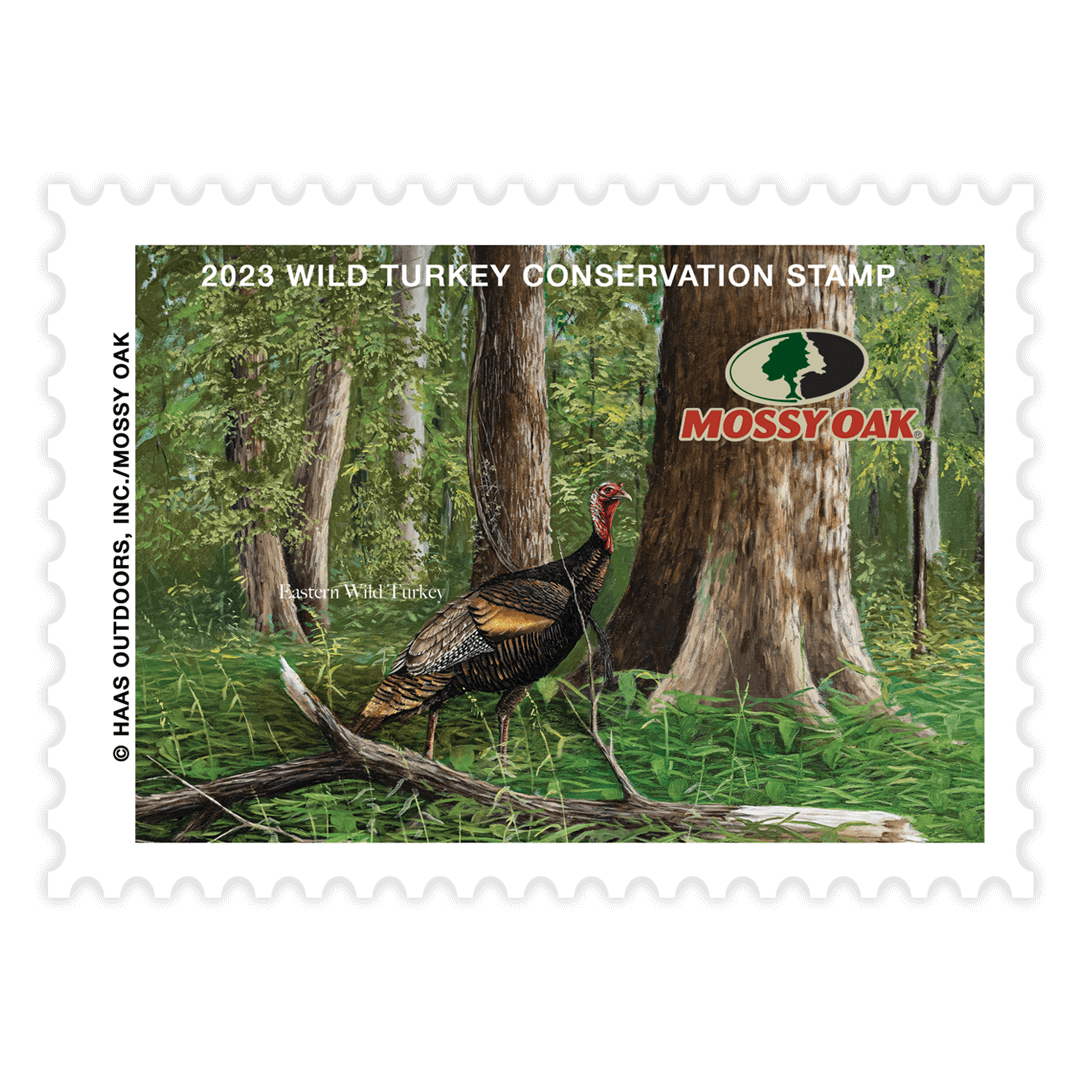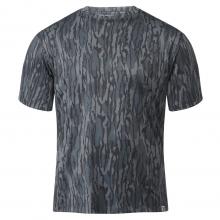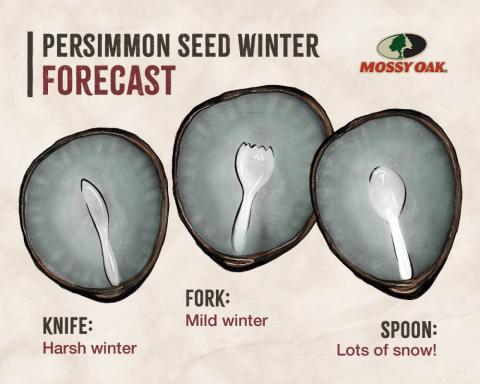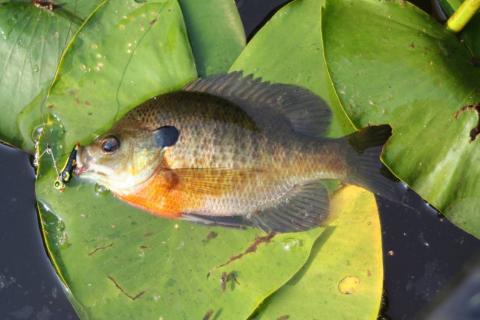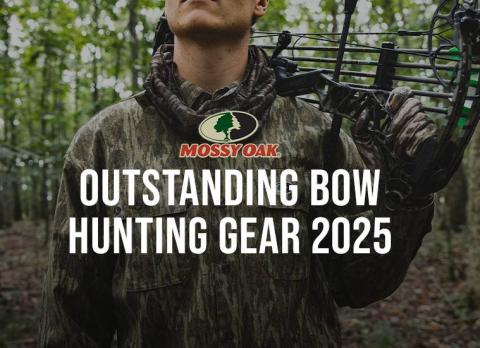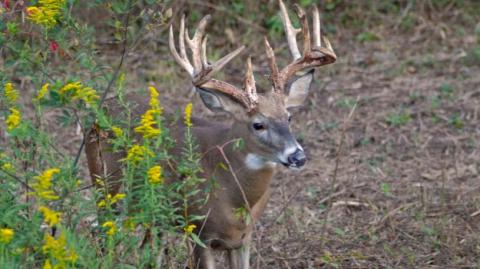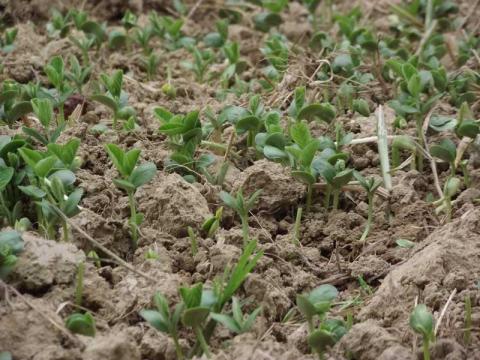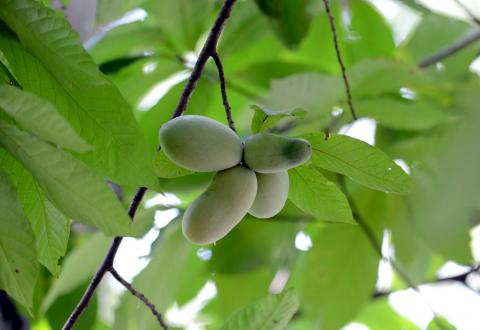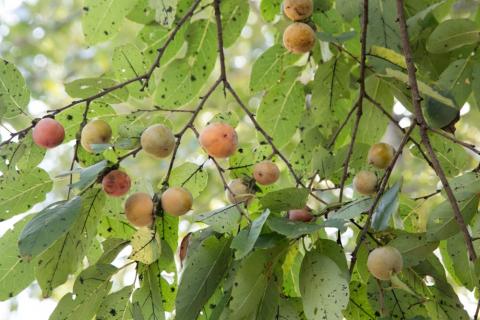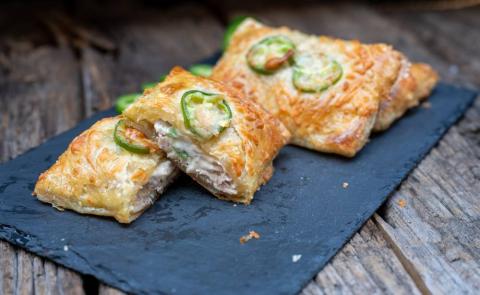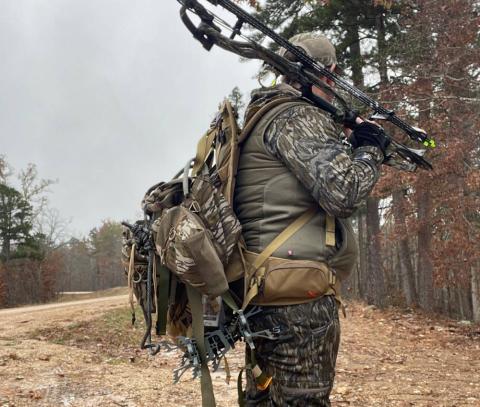Jessi Cole
In spring of 2022, Mossy Oak launched their inaugural Wild Turkey Stamp, an initiative dedicated to raising money for projects and research that benefit the wild turkey. The pursuit of the wild turkey was the driving force behind Toxey creating Mossy Oak camouflage in 1986, and the glorious game bird is not one that the company takes for granted.
The 2022 Mossy Oak Wild Turkey Stamp raised approximately $100,000. The turkey stamp funds will be distributed as part of Mossy Oak's Gamekeeper Grants. Dr. Mike Chamberlain and Dr. Marcus Lashley, renowned wild turkey biologists, gamekeepers, and turkey hunters, sit on the advisory board helping guide future grants.
Dr. Chamberlain says, “It makes sense to me to contribute money towards work that isn’t well-funded but is relevant. Somewhere where the money would be really impactful. Like the LPDV work."
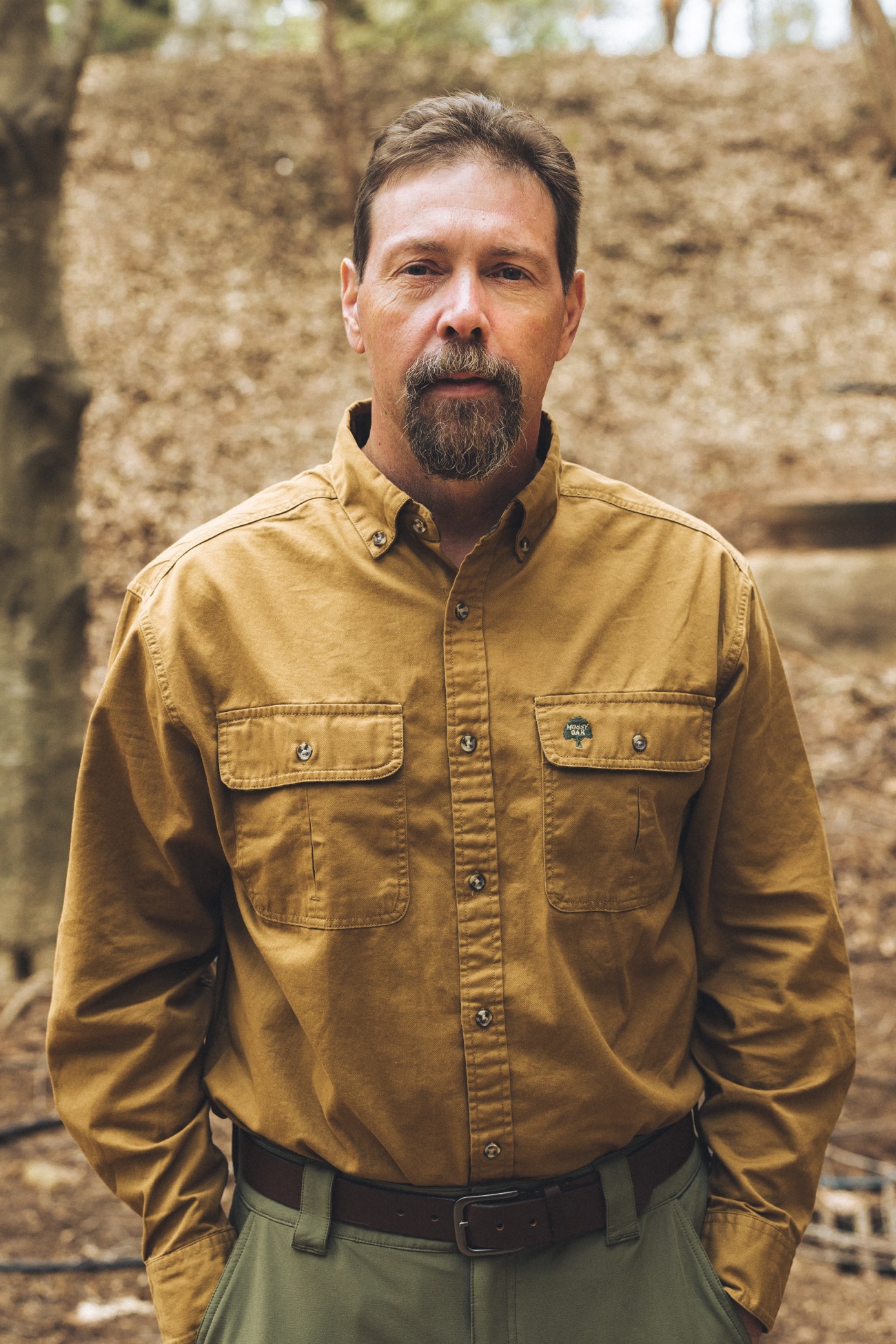
Pictured: Dr. Chamberlain, also known as the Wild Turkey Doc, at the University of Georgia campus.
Mossy Oak issued a grant of $30,000 to the Southeastern Cooperative Wildlife Disease Study (SCWDS) group headquartered at the University of Georgia. The money will help the hardworking women running the lab and the crucial study of LPDV (lymphoproliferative disease virus) in the wild turkey.
This research group is housed at SCWDS (pronounced “squidis”), where the Research and Diagnostic Service performs wildlife diagnostic work for 17 different states in the general southeastern region, as well as for the U.S. Fish and Wildlife Service and other government partners. This includes necropsies of deer, turkeys, small game, birds—any deceased wildlife that needs study is sent to this small group.
Dr. Nicole Nemeth, heading up the LPDV research, is a disease specialist and began studying LPDV years ago. The virus is known to cause cancer in the wild turkey, and it is hypothesized to weaken their immune systems and make them susceptible to other diseases. Many of the wild turkeys with the virus will die of bacterial infections or other viral infections or present with emaciation that can itself be fatal.
Dr. Chloe Goodwin is Dr. Nemeth’s PhD student, and she’s been running blood samples and testing for the virus using samples from wild turkeys across a wide range of states in collaboration with Dr. Chamberlain and his research group. She recently ran 250 blood samples of wild turkeys from Louisiana and found that approximately 75% of the samples had evidence of infection with the virus. She’s now running samples from South Carolina and Georgia, and Dr. Chamberlain theorizes, “I suspect we’re going to end up seeing that, in the south, many of these birds have the virus.”
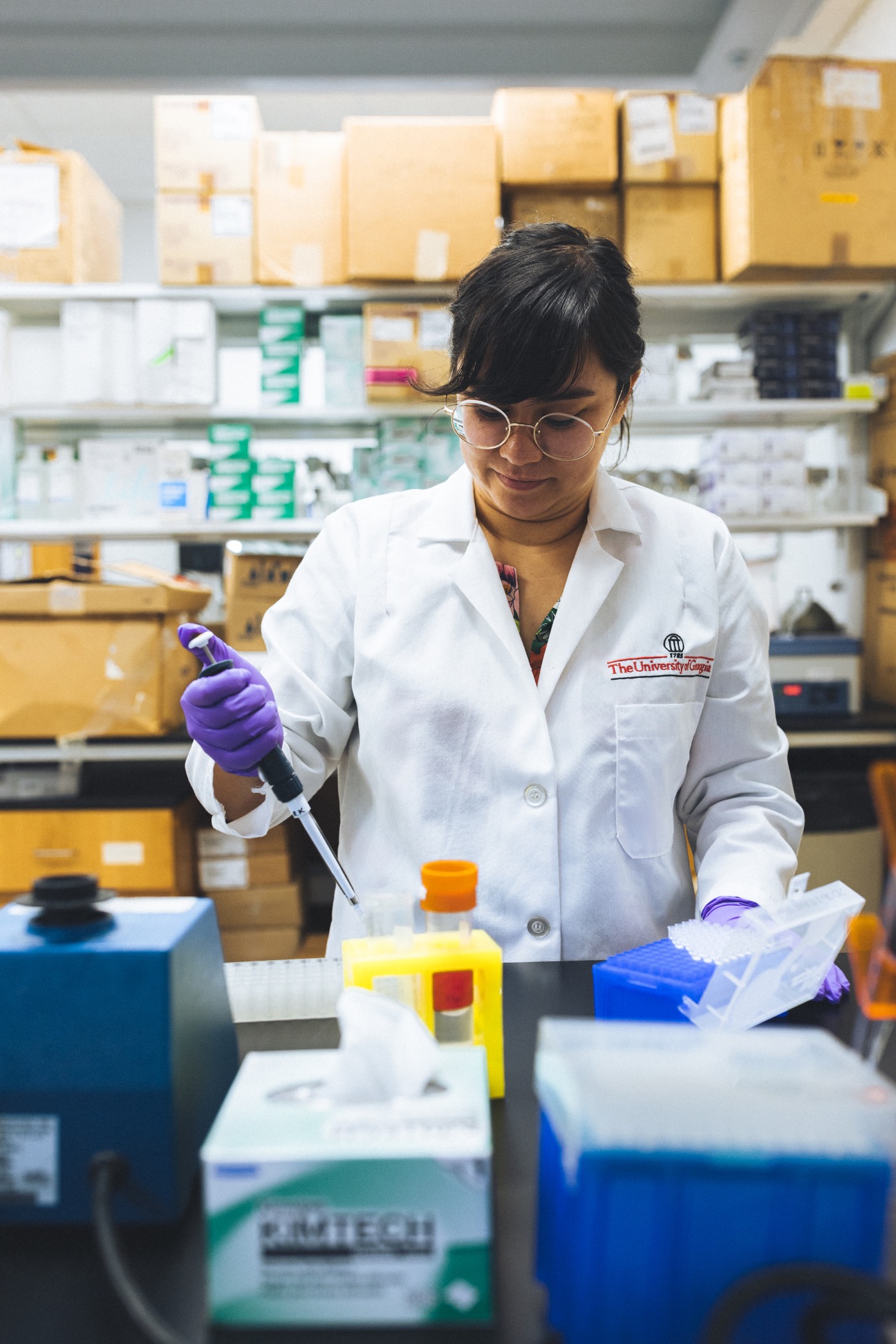
Pictured: Dr. Chloe Nemeth runs blood samples, testing for the LPDV virus.
Dr. Chamberlain says, “Chloe, God bless her—she’s an army of one. She’s doing her dissertation, necropsies, all of this work. Testing takes time. She’s going as fast as she can, but someone to help her will boost her efforts so much.”
He continues, “A few years ago, Nicole reached out to me about doing a study with wild turkeys. The testing studies are showing what percentage of birds have the virus, but we need to understand what that means. Does it decrease survival rates? Does it reduce nest success? Are clutches smaller? How does it impact young poults? Are they more lethargic and less willing to forage?”
Dr. Nemeth and Dr. Goodwin will be conducting a study with about 25 wild turkey poults later this spring. With the help of Dr. Chamberlain and his research group, eggs will be collected from abandoned nests, but if they get to the end of nesting season and don’t have enough eggs, they’ll await second clutches because these clutches tend to be less successful than first clutches and most are lost to predation. They’ll take the eggs from an area where the wild turkey population is flourishing.
Once collected, they’ll artificially incubate the eggs (Dr. Goodwin has an incubator that plugs into her car) and once in the facility they’ll begin the process of imprinting the poults to Dr. Goodwin. They’ll take a recording of her speaking and play it on a loop for the eggs and eventually the poults. Dr. Goodwin will be able to handle the poults with much more ease if they’re imprinted to her; if other researchers are handling the poults they can play a recording of her voice to soothe them.
The researchers will inoculate the poults with the virus at about four weeks of age. They need to have a base understanding of the poult’s natural behavior before they’re inoculated. There will be a control group (without virus infection) and groups of poults undergoing different methods of virus inoculation, as well as a group that will be studied through three months of age and a group that will be studied through six months of age. The longer study will allow researchers to learn how the disease develops and to see if the poults can eventually get over the infection.
Dr. Goodwin says, “There’s a lot of questions that we’ll hopefully get some answers to from our project this summer. How they’re contracting the virus: through the skin, such as via a vector, like a mosquito or fly, or virus shed in droppings? And does it transmit from hen to egg?”
She continues, “We will sample them every week. Weigh them, collect blood samples, measure antibodies. We’ll also be conducting a behavioral study on top of this. We’ll video and record their behavior and monitor to see if there is a change in behavior due to infection. We’re basically trying to collect as much data as possible from this experiment because these wild turkeys are so valuable.”
Dr. Nemeth, Dr. Goodwin, and Dr. Chamberlain will combine forces and work to link information gathered from the study with years of Dr. Chamberlain’s demographic information, like home range, nesting, and clutch sizes.
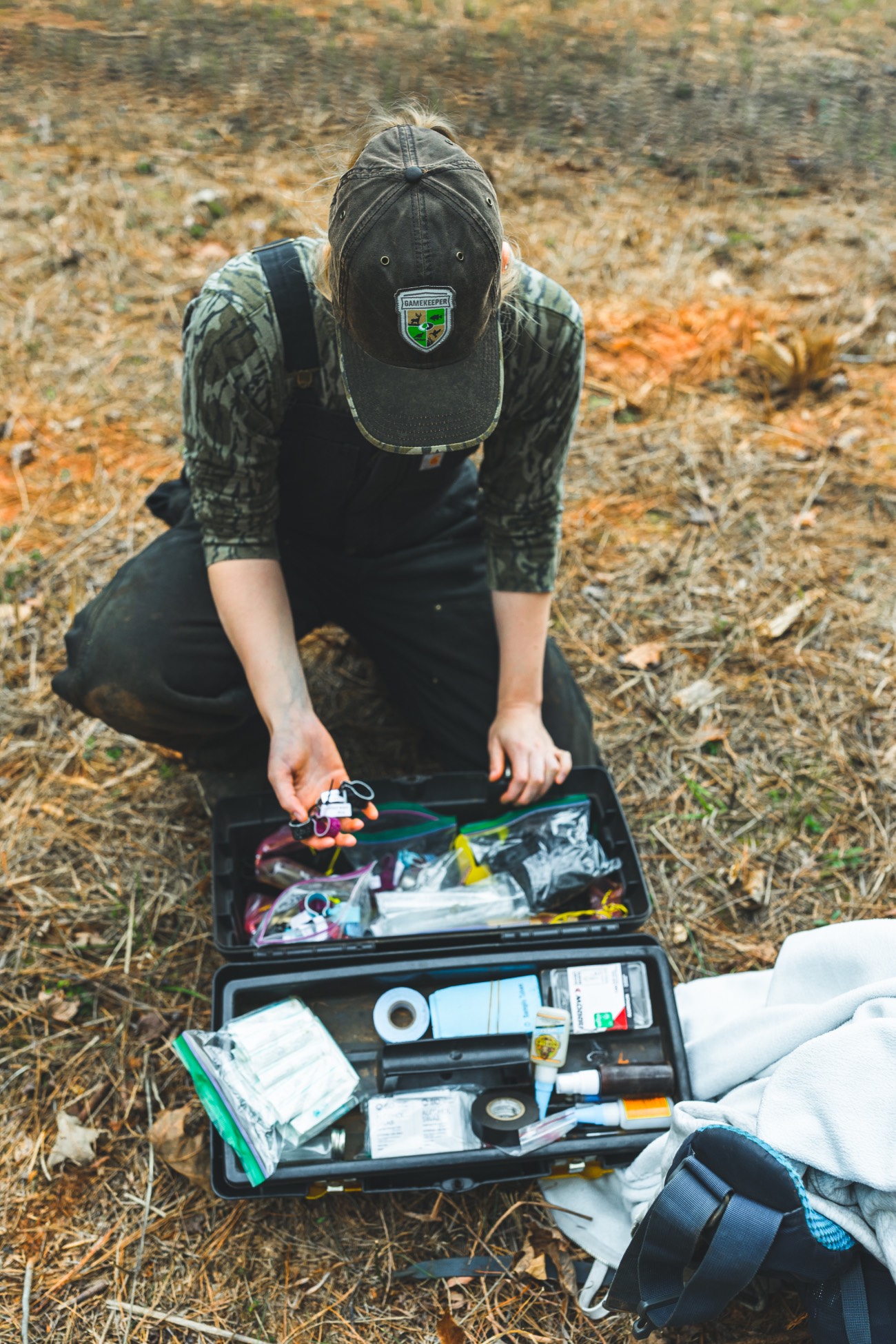
One of Chamberlain's students prepares to band wild turkeys. Information received from these banded birds will help put together a clearer picture of what's affecting the wild turkey's success.
Dr. Goodwin says, “I know disease plays only one piece of the puzzle about why turkey populations have recently declined. Dr. Chamberlain’s research is truly, truly fascinating. Learning all the ecological information from his work helps us understand more of the whole picture and have a holistic approach in our research.”
On the donation from Mossy Oak, Dr. Goodwin says, “Having the funding for someone to help work on this research is so helpful because we’ll be able to get information out faster so everyone who loves and appreciates the wild turkey can make important managerial decisions sooner.”
Read More: Mossy Oak Wild Turkey Conservation Stamp Funds Osceola Hen & Poult Research
Mossy Oak will continue to donate funds from the 2022 and now 2023 stamp to impactful wild turkey research, habitat restoration and more projects that help wild turkeys, as well as documenting them with photography, video, and writing. For more information on the newly released 2023 Mossy Oak Wild Turkey Stamp, click here.

